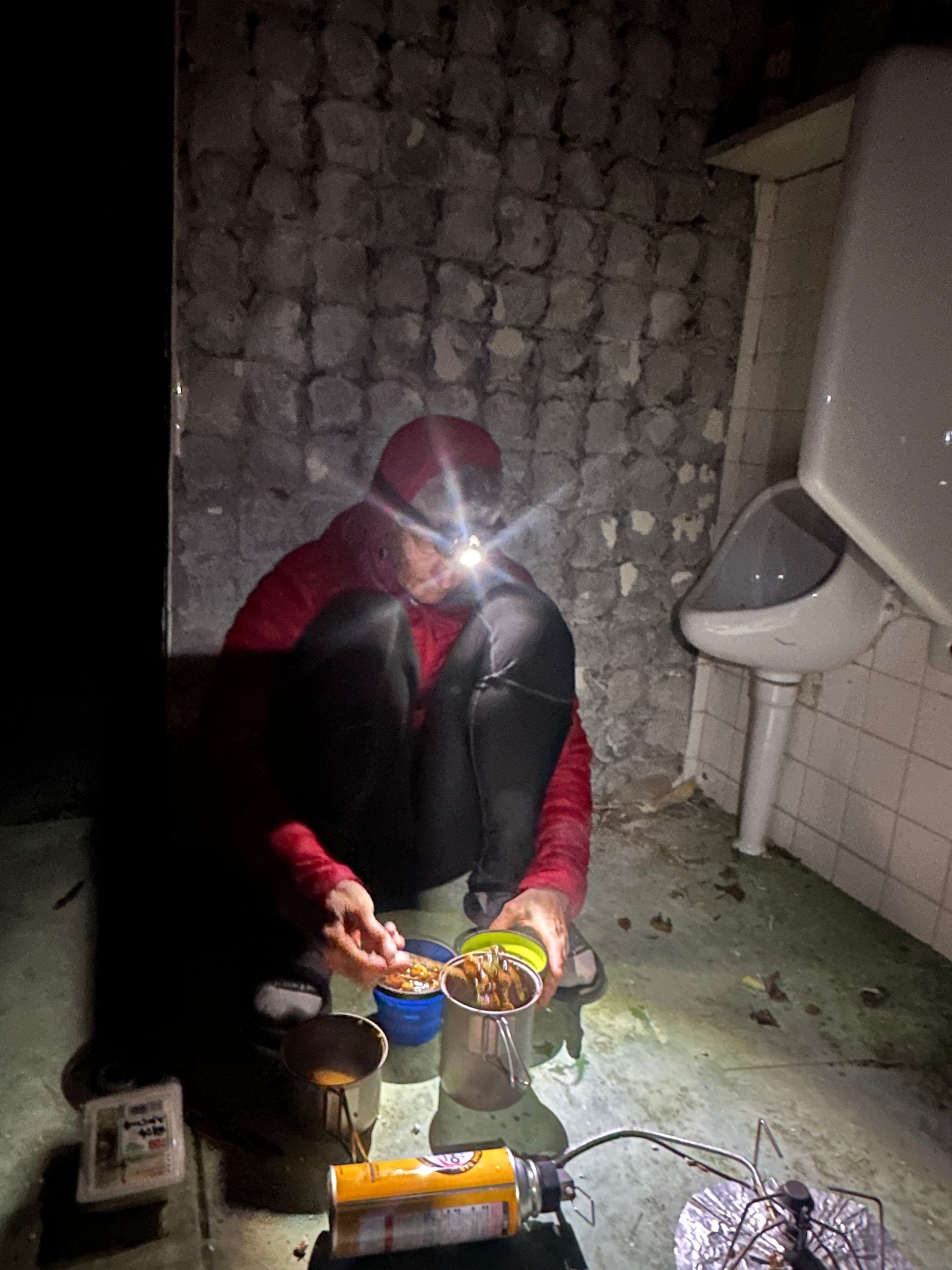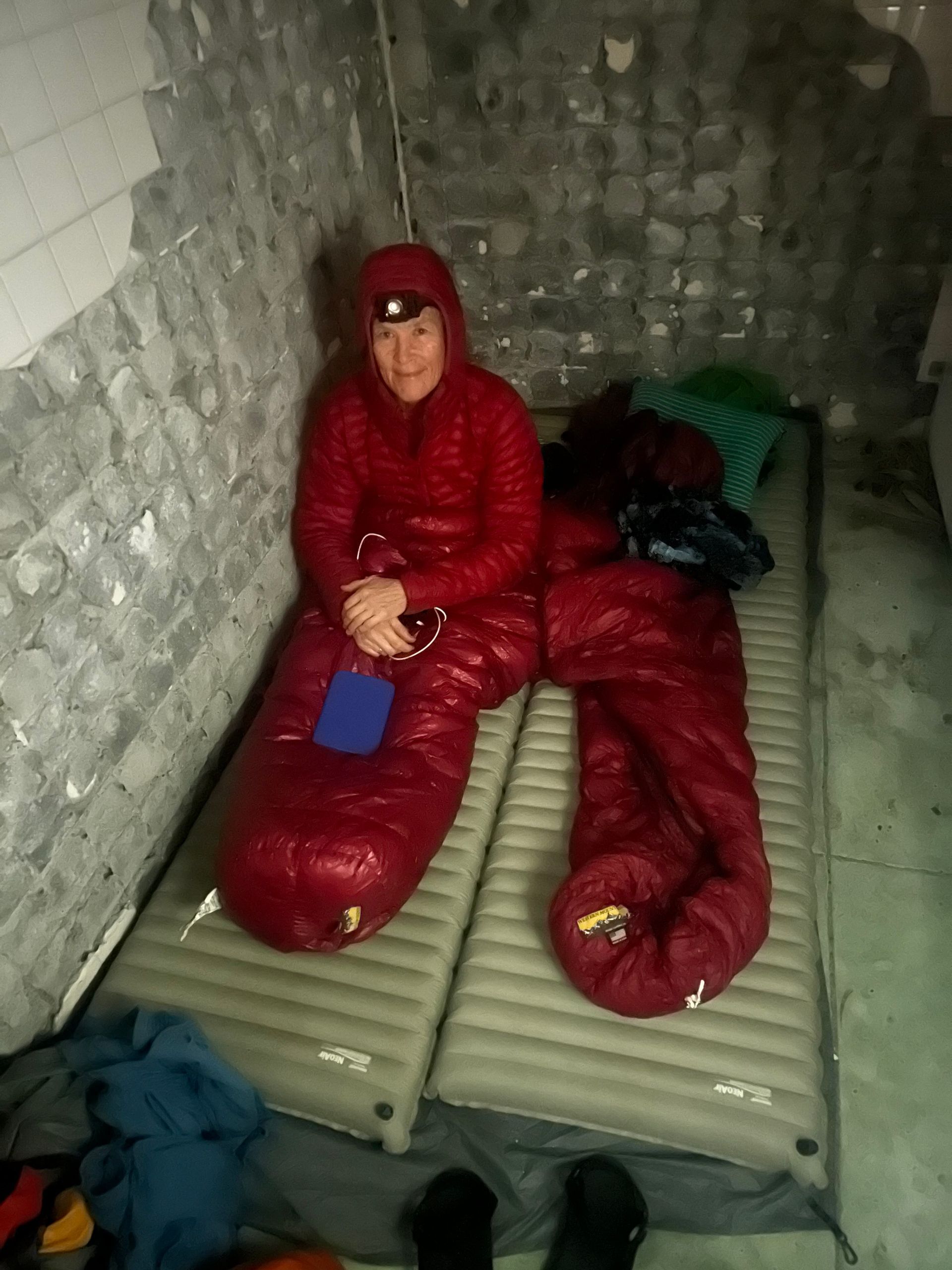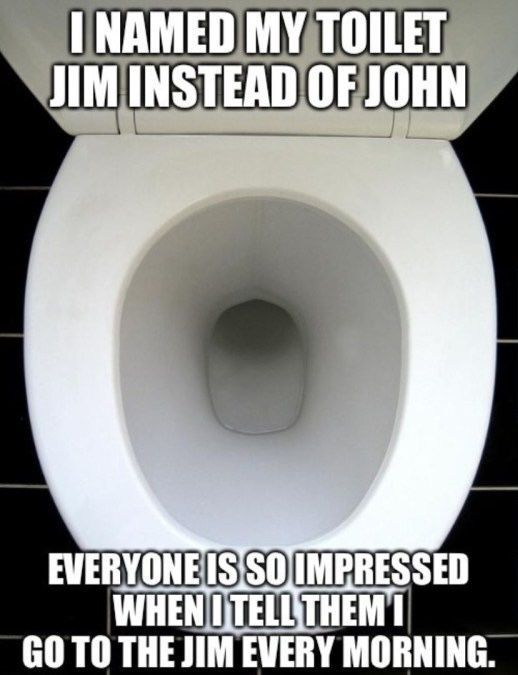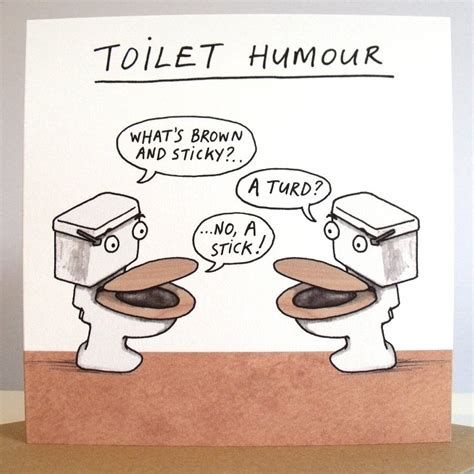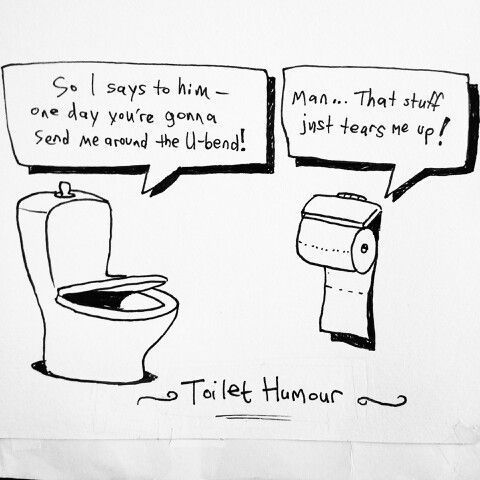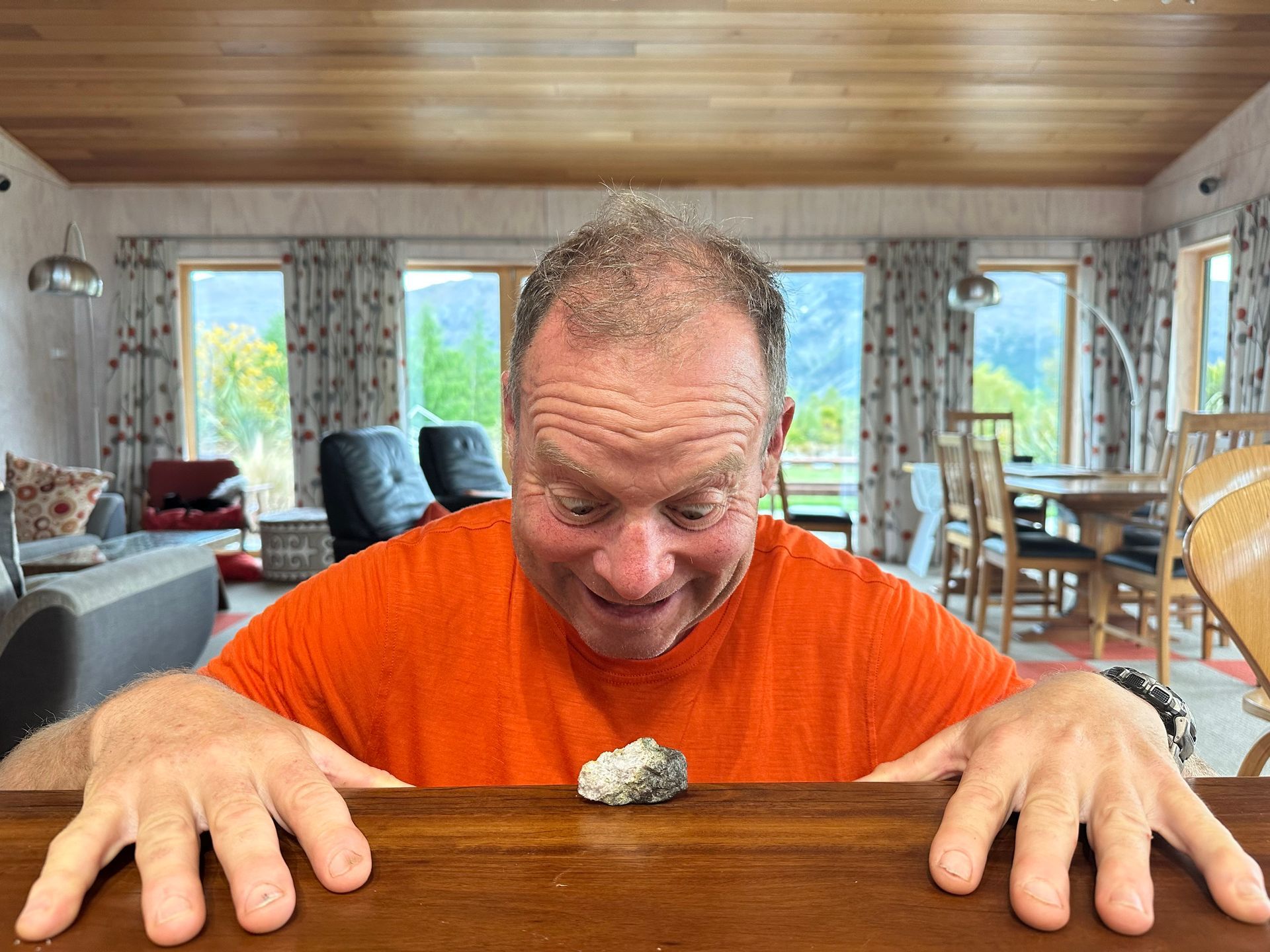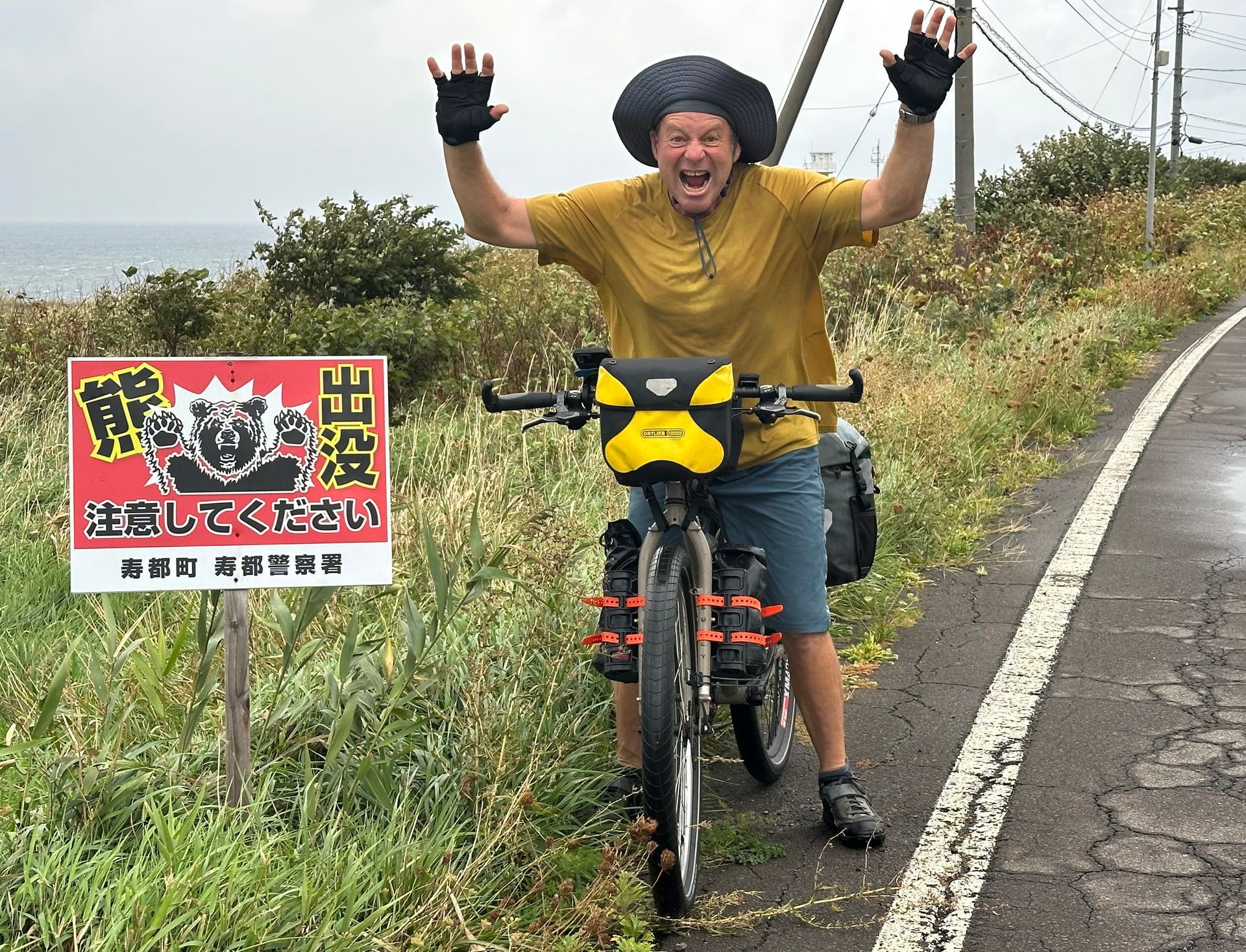All About Toilets
Toilet block home for the night
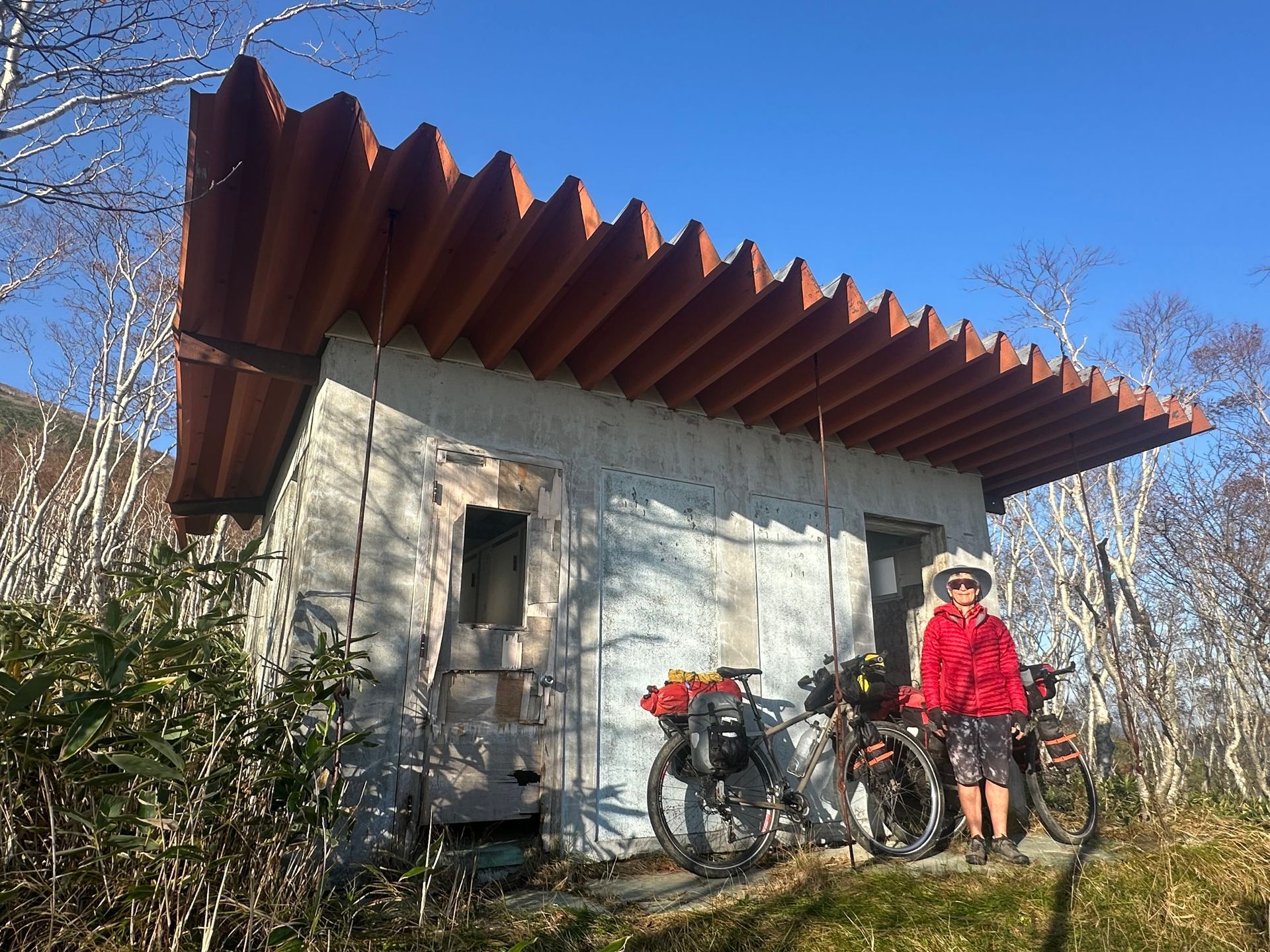
No trip to Japan would be complete without commenting on toilets – Japan has a notable plethora of public toilets with more functions than one could ever guess a toilet might perform.
Different countries have such different takes on public toilets. In New Zealand, and in Japan, it is seen as the country’s duty to provide free public toilets. In Europe, public toilets are hard to find – you need to buy something at a café to access their toilet. This transactional approach makes sense to me – toilet infrastructure doesn’t come free, why not make sure people contribute?
I can’t reflect on Japanese toilets without thinking how Japanese and Mongolian toilet experiences are diametrically opposed. Mongolia had some of the least pleasant toilets I have ever had the (lack of) pleasure to encounter. The only worse ones I remember were in 1995 in Nepal. At that time, Nepalese were still using fields rather than toilets and, consequently, not cleaning the toilets they provided for Western tourists. Piles of poo ringing toilet seats has lodged permanently in my memory, particularly from a town at 4600m where I needed to use the freezing toilet frequently.
Mongolian toilets are generally primitive. They consist of a wooden hut with a plank missing in the floor over a three metre pit. The wooden hut aspect is pretty common for ‘long drop’ toilets, but the plank missing approach was new to me. Generally there is either a toilet seat or a slot cut in the floor in the centre of a toilet space. However, Mongolian’s don’t bother with slot cutting, they just leave out a plank all the way from front to back. You get to stare into the void below. You really don’t want your foot to go down the hole, nor any valuable possession. Recovering e.g. an iPhone from a three metre deep poo-covered pit would be…to awful to think about. After we stayed in Mörön, and realised such pit toilets were the norm for Mongolia, we made every effort to camp in the steppe where we could dig our own small holes and avoid the stench.
In contrast, Japan has pristine toilets. Last night we camped in a disused toilet block which was as clean as an in-use toilet, except for dust and leaves which had blown in through the broken doors. Someone carefully cleaned the toilet before it was abandoned and no one has used it, or dumped rubbish in it, since the last cleaning.
Japan is also the land of plug-in toilets. Most foreigners are surprised when they first sit on a warm, squashy toilet seat. And even more surprised when they look at the complex set of controls associated with a toilet. The only toilet controls Westerners are used to dealing with are levers which flush water through the toilet. We aren’t accustomed to a panel of lights and pictograms. And once you have used the toilet, you don’t want to pull out your cell phone to Google Translate the controls. You learn to pull your phone out first!
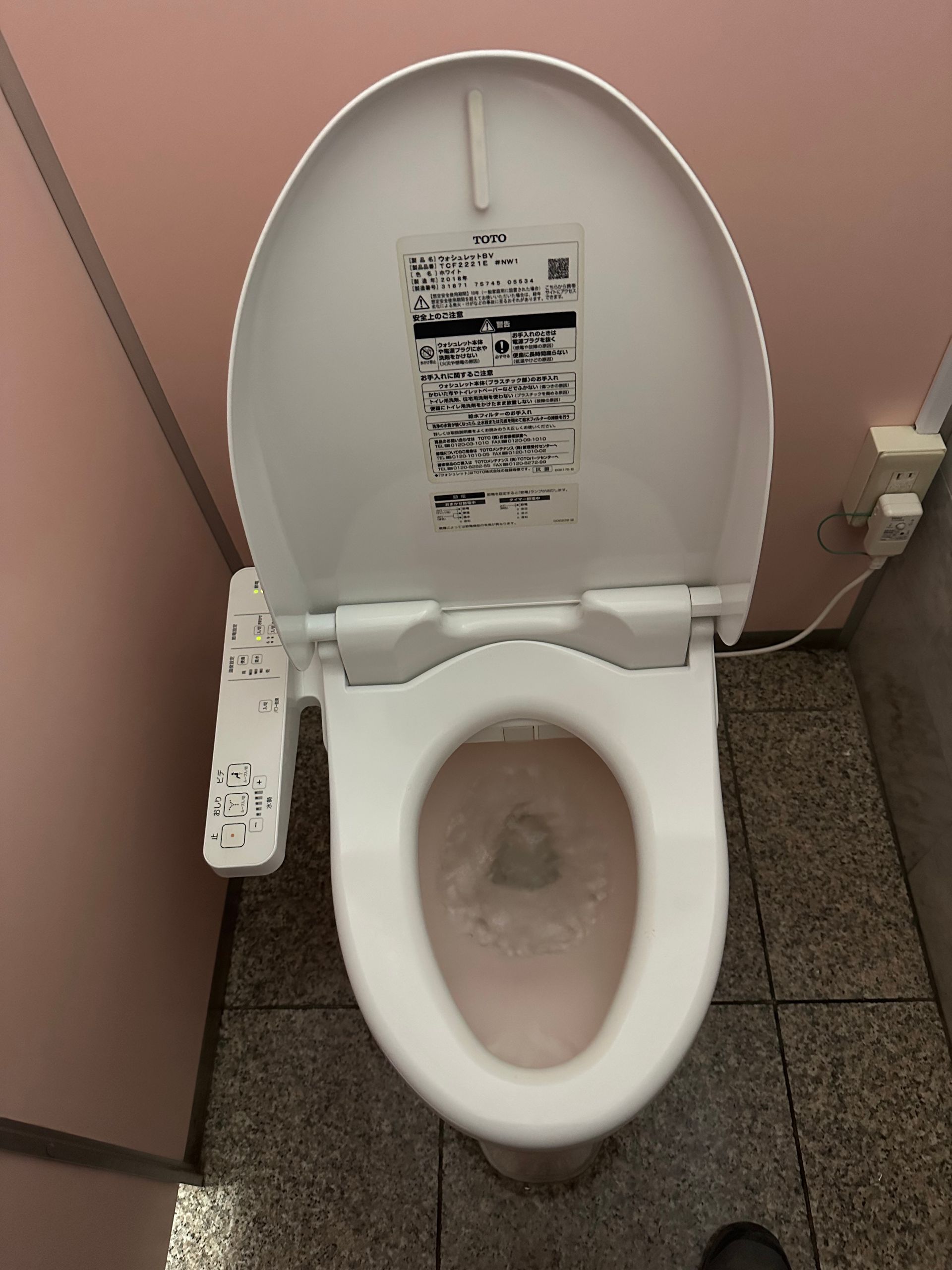
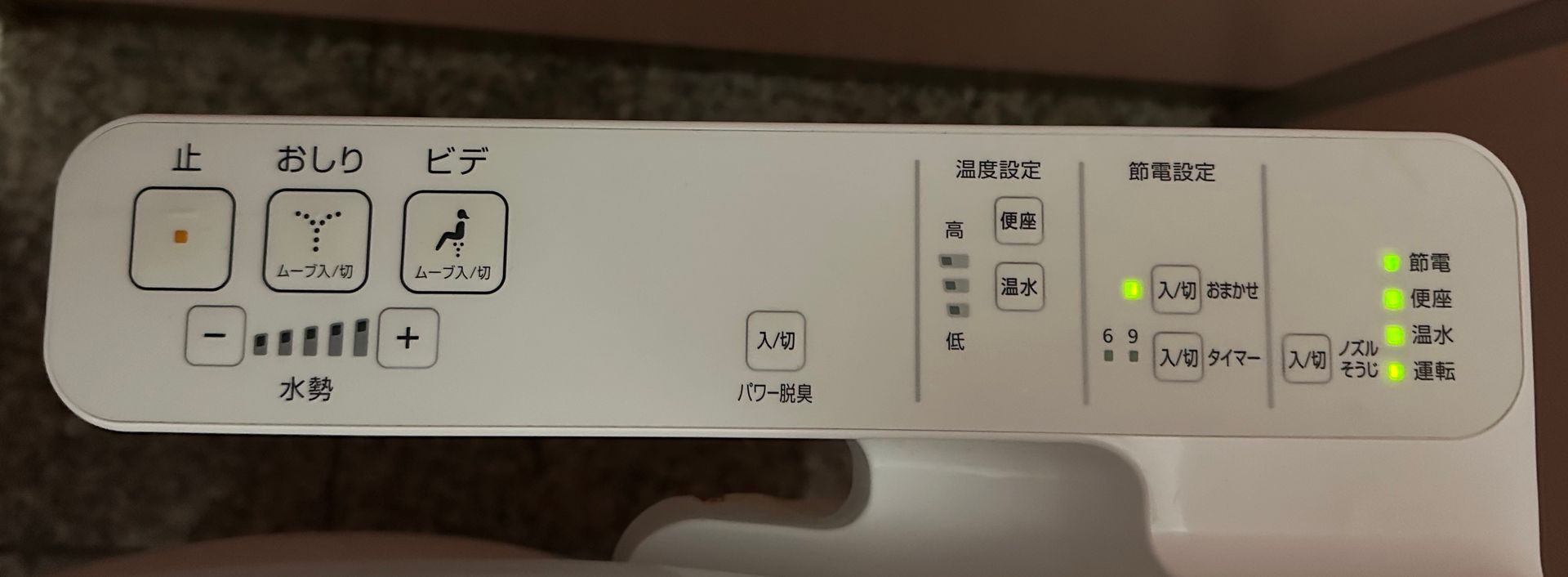
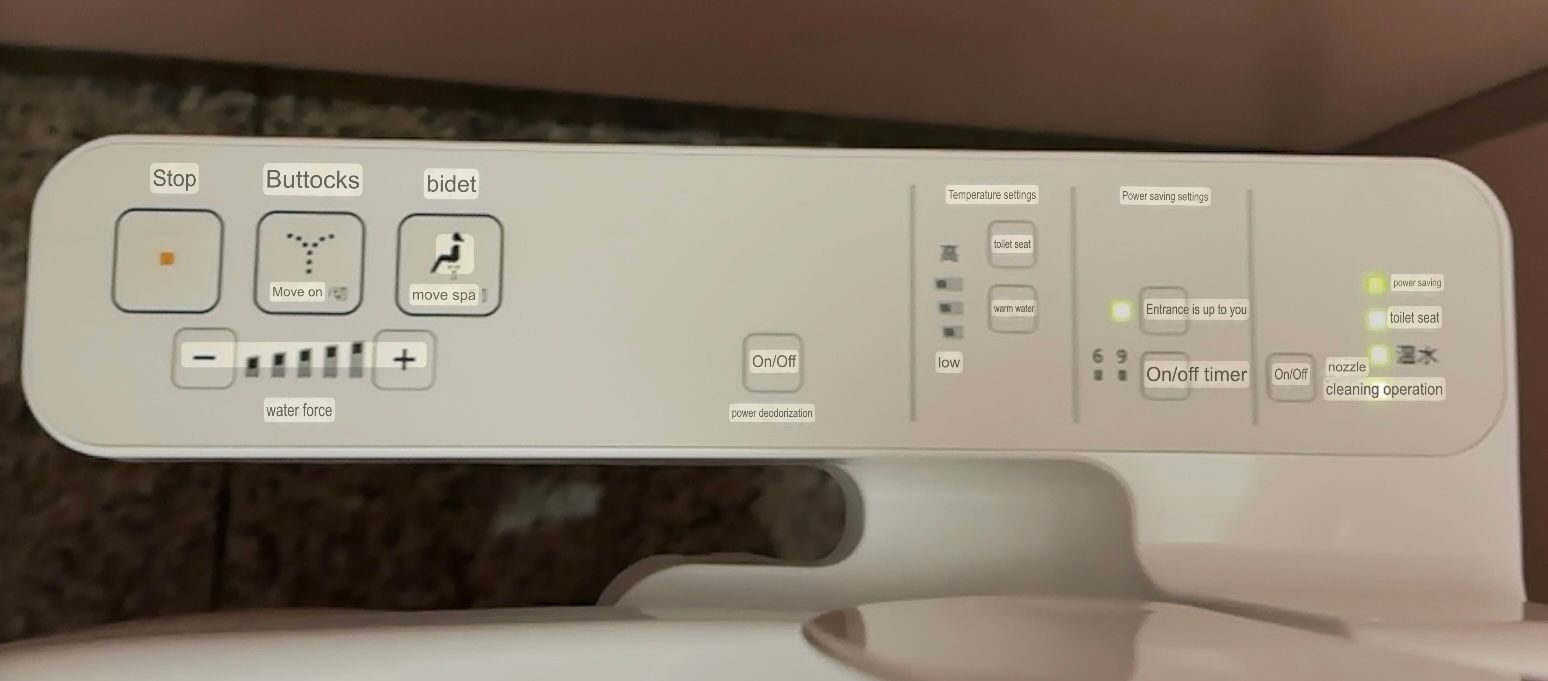
These smart toilets do all sorts of things:
- Gurgle when you enter the room.
- Gurgle more on command so your ‘toilet noises’ are not heard by other toilet users. Some play music on command for the same purpose.
- Open and close the lid as you approach and leave.
- Wash all your nether regions with warm water and dry them with warm air.
- Flush the toilet after you have made your deposit.
- Clean themselves.
- Spray deodorant in the air.
- Allow you to connect with them via Bluetooth to control their functions.
They may do other things that I haven’t yet translated or trialled.
Toto ‘Washlets’ are the default electric toilets in Japan. Toto is everywhere. Toto acquired a primitive bidet concept in the 1960s then completely reengineered its design in the 1970s after the bidets regularly failed. Toto focused on the ideal angle at which water should spray from the washing wand for successful cleaning. The ‘golden angle’ turns out to be 43 degrees. They developed a microchip to control the temperature of the warm-water cleansing spray (ideal is 38 degrees C), heated seat (ideal is 37 degrees C) and warm air drier (ideal is 50 degrees C). They developed a resin coating to protect the electronics from the wet environment of a toilet. In 1980, Toto launched the Washlet G in Japan - an entirely new concept.
To encourage uptake, Toto deployed demonstration vans equipped with Washlets to plumbers because people needed to try the toilets out, and more than once. Toto also had a trial period, allowing people to experience Washlets - send our toilet back if you don’t like it. Once Washlets began to penetrate the private sector, Toto branched out into public venues, offering installation discounts and a Washlet map which showed the public where Washlets were installed. Toto has continued to innovate, with air-infused water droplets for personal hygiene the latest major change, introduced in 2017.
By 2022, Toto had sold 60 million Washlets worldwide. By 2016, 81% of Japanese households had at least one. Toto supposedly has 65% of the world market share for Washlet-style toilets, although few are sold outside Asia. The biggest limitation for Washlet uptake is the need for an electric outlet – many foreign bathrooms don’t have power near the toilet. In some countries, electrical outlets can’t be placed near a water source for safety. Washlets are also expensive. The Toto USA site shows Washlets costing $3500-4000 NZD.
When Chris and I were talking about toilets in Japan, I said, “How much power do you think all those toilets need?” Of course then I had to go and find the answer.
- <1 watt on standby
- Up to 200 watts on bidet function.
- Up to 500 watts heating water
- 200 watts heating the seat
- I found a range of estimates for overall use. One US-based site had a good breakdown of all the functions and estimates 9kWh/month to 150kWh/month (based on 20 minutes use a day). The luxury brands use the lower end, around 14kWh/month.
Let’s assume Japanese toilets are high end, given Japan is the home of Washlets:
- 14kWh/month = 168kWh/year
- 81% of Japanese households have a Washlet
- Japan is estimated to have 54.3 million households i.e. there are at least 44 million Washlets in use
- At 14kWh/year, Japanese Washlets use 7,389,144 MWh hours of power each year
- A standard wind turbine generates 2-3 megawatts of power, producing around 600,000 MWh per year.
- So Japan needs around 12 large wind turbines to power all its toilets. Put another way, each wind turbine is estimated to provide power for around 1500 houses. So Japan’s toilets use the same power as 18,000 houses, or a small town.
Chris’s question about toilets was far more concrete. “Why do Japanese toilets have such awful one ply toilet paper when the toilets are so sophisticated?” Up till this point in writing my blog, I had no answer. The answer, however, is now obvious – Japanese toilets are associated with terrible toilet paper because Japanese people don’t need to use toilet paper. They use the toilet!
So many things to learn when travelling.
